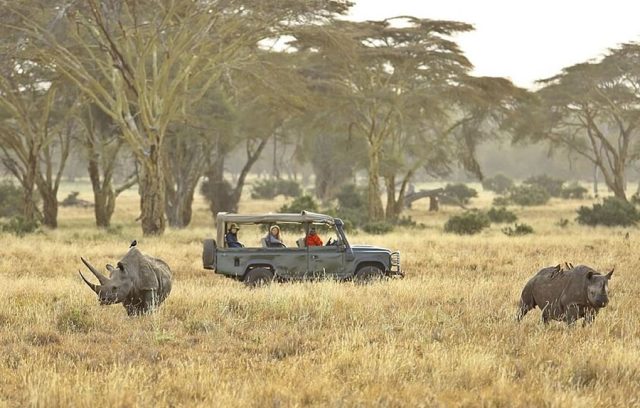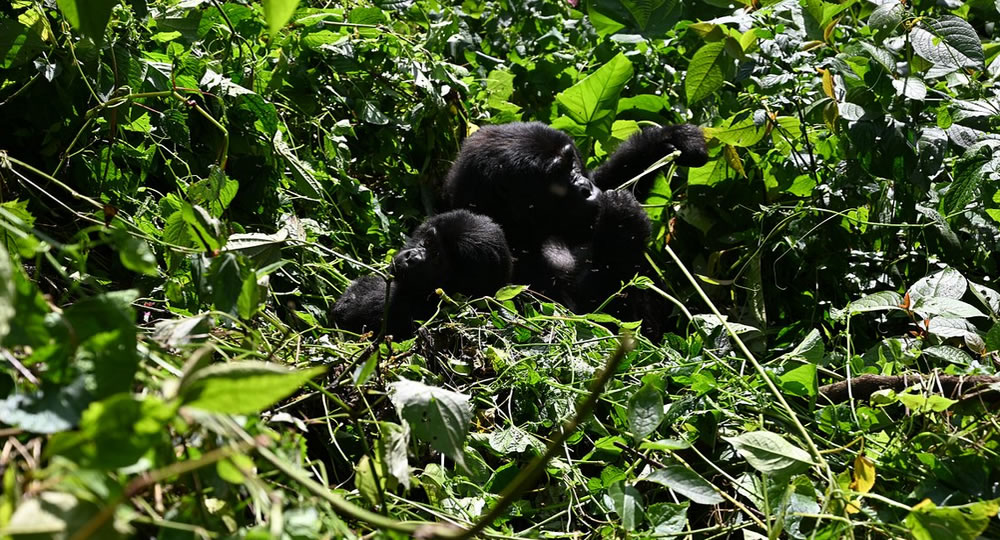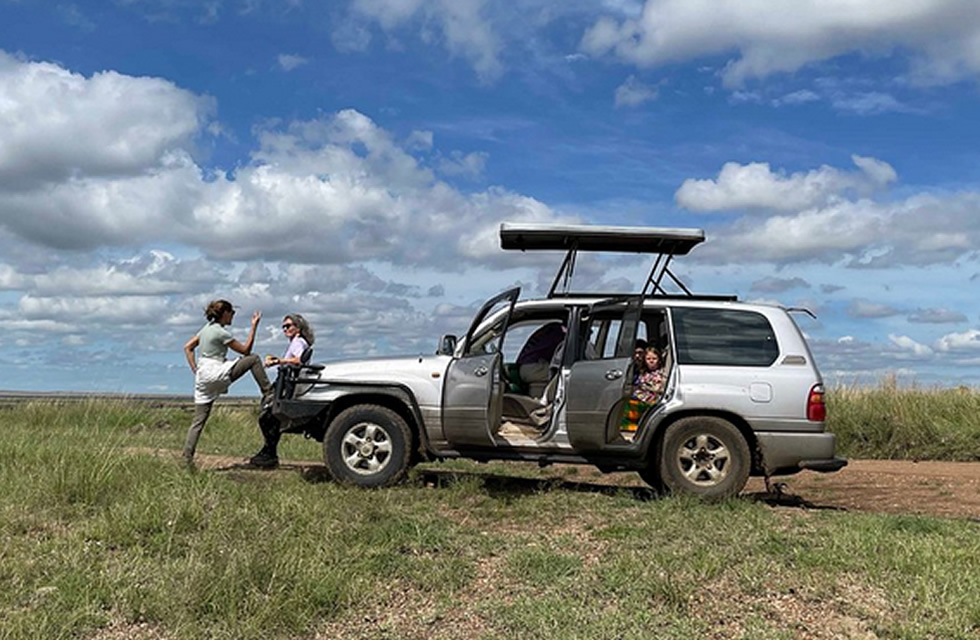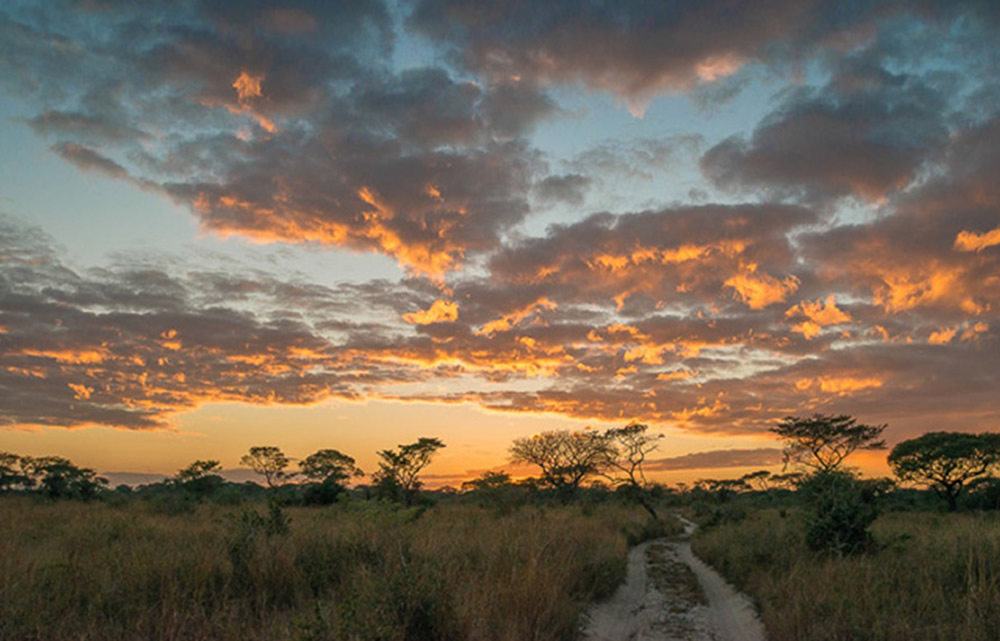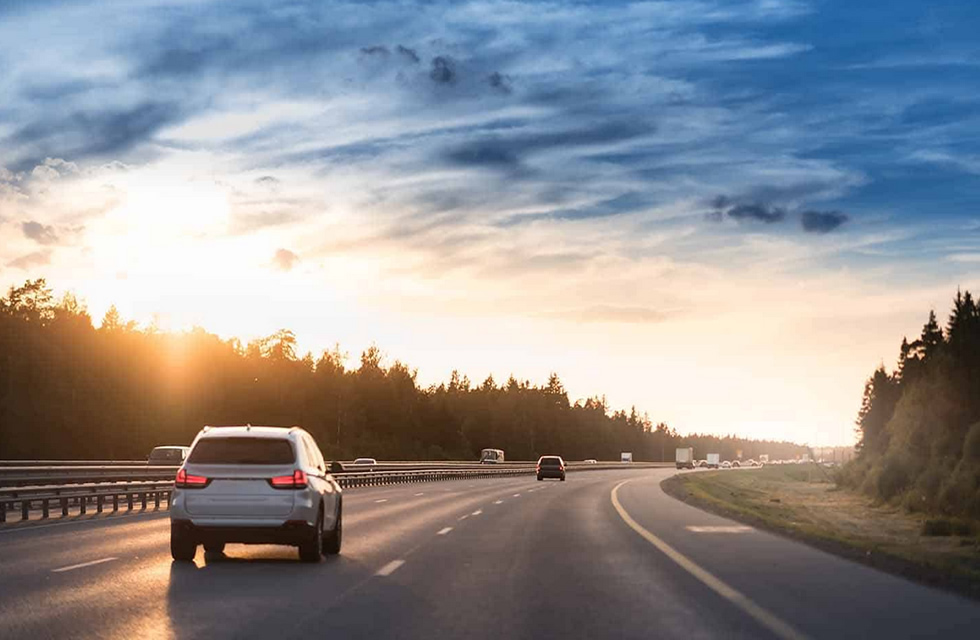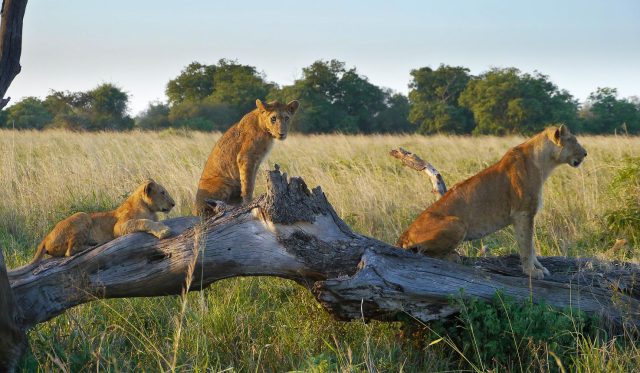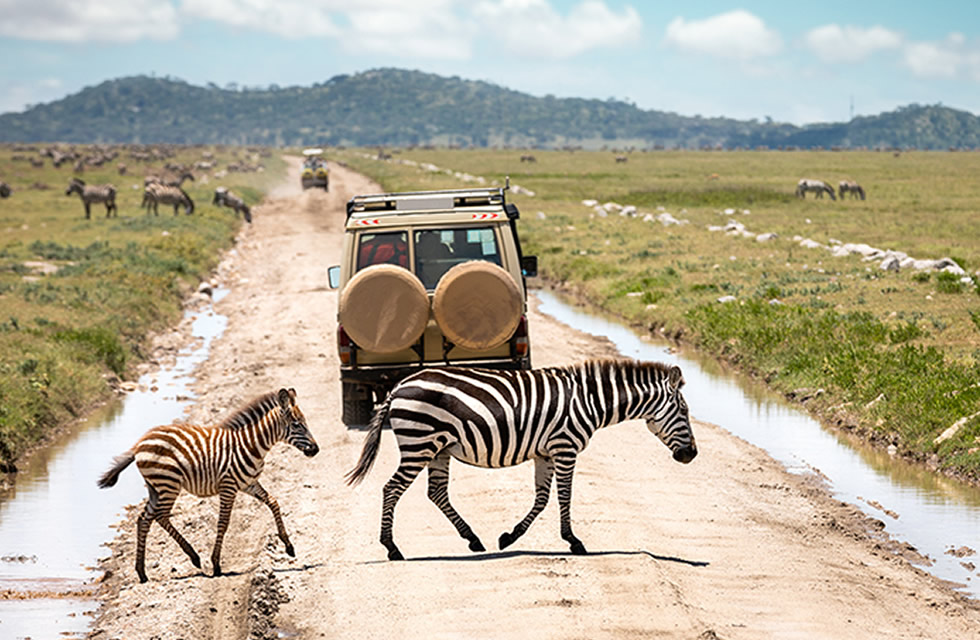Is it Safe to Go on a Safari in East Africa?
Going on a safari in East Africa is an adventure of a lifetime, offering a chance to see wildlife like lions, elephants, giraffes, and zebras up close in their natural environment. While safaris are generally safe, there are important things to know to ensure your trip goes smoothly. In this guide, we will explore the safety aspects of going on a safari in East Africa, including countries like Kenya, Tanzania, Uganda, and Rwanda.
- Wildlife Encounters
Safaris are all about seeing wild animals, but it’s crucial to remember that these animals are unpredictable. Most safaris are safe because you’ll be in a vehicle with a trained guide, but it’s important to follow the rules. Here are some basic tips:
- Stay inside the vehicle: Many safaris take place in open-sided jeeps or vans. You’ll be safe as long as you don’t get out of the vehicle unless your guide says it’s okay.
- Don’t provoke the animals: Wild animals can be dangerous if they feel threatened, so it’s important to be quiet and not make sudden movements. Avoid waving your arms or making loud noises.
- Trust your guide: Safari guides are trained to understand animal behaviour and know how to keep you safe. Always follow their instructions.
- Health Concerns
Health is another important safety consideration. East Africa is a tropical region, and travellers can be exposed to diseases that are not common in other parts of the world. Before going on a safari, you should:
- Get vaccinated: Common vaccinations recommended for East Africa include those for yellow fever, hepatitis A, typhoid, and tetanus. Some countries, like Tanzania and Uganda, may require proof of yellow fever vaccination.
- Take precautions against malaria: Malaria is common in East Africa, and mosquitoes that carry the disease are most active at night. It’s a good idea to take anti-malaria medication and use insect repellent.
- Drink safe water: Make sure to drink bottled or boiled water to avoid waterborne diseases. It’s also a good idea to eat in reputable restaurants or lodges to avoid foodborne illnesses.
- Safety in Different Countries
Each East African country has its own set of safety considerations. Let’s look at the safety situation in some of the most popular safari destinations.
Kenya: Kenya is one of the most popular safari destinations in Africa, with famous parks like the Maasai Mara and Amboseli National Park. Safaris in these areas are generally very safe, but there are a few things to keep in mind:
- Wildlife Risks: Like anywhere else, you need to be cautious around wild animals. Guides in Kenya are well-trained, so listen carefully to their instructions.
- Crime: Crime in the big cities like Nairobi and Mombasa can be an issue, but it’s usually not a concern for tourists who stay in safe areas and travel with reputable tour operators. Keep your belongings secure and avoid walking alone at night in urban areas.
- Terrorism: There have been a few terrorist attacks in Kenya, but these are mostly isolated to specific regions like the northeast, near Somalia. The main safari parks are far from these areas and are considered safe for tourists. It’s always a good idea to check travel advisories before your trip.
Tanzania: Tanzania is home to the Serengeti, Ngorongoro Crater, and Mount Kilimanjaro, making it another top safari destination. It’s considered a safe country for tourists, but like any destination, there are things to watch out for:
- Wildlife: As with Kenya, wildlife can be dangerous if not treated with respect. Always follow your guide’s instructions and stay in the vehicle.
- Health: Malaria is a concern, so make sure to take preventive medication and use insect repellent. Drinking bottled water is also a must.
- Political Stability: Tanzania is politically stable, but it’s always good to stay informed about local news, especially during election times. Avoid large gatherings or demonstrations, as these can sometimes turn violent.
Uganda: Uganda is famous for its gorilla trekking in Bwindi Impenetrable National Park. It’s a beautiful country with friendly people, but there are a few safety considerations:
- Wildlife: Gorilla trekking is safe, but you’ll need to be physically fit as it involves hiking through dense forests. Rangers and guides ensure tourists are safe from wildlife, but it’s still important to follow their instructions.
- Health: In addition to malaria and yellow fever, Uganda has occasional outbreaks of diseases like Ebola. While this is very rare and mostly limited to certain regions, it’s wise to stay updated on any health advisories.
- Crime: Uganda is generally safe for tourists, but petty crime, like pick-pocketing, can happen in cities. Keep your valuables secure and avoid showing off expensive items.
Rwanda: Rwanda has transformed into a safe and clean country since the 1994 genocide. It’s now a top destination for gorilla trekking in Volcanoes National Park. Safety in Rwanda is very high, but here are a few tips:
- Wildlife: Gorilla trekking is highly regulated, and there are strict rules to ensure both tourist and animal safety. Always listen to your guide and keep a safe distance from the gorillas.
- Health: Malaria prevention is important in Rwanda, especially if you’re traveling to lower-altitude areas. It’s also a good idea to get vaccinated for yellow fever.
- Crime: Rwanda has a low crime rate compared to other East African countries. However, like anywhere, it’s still a good idea to be cautious in crowded areas and keep your belongings safe.
- Staying Safe on Safari
Most safaris are very safe, but there are some general rules to follow to ensure you have a great experience:
- Follow the rules: Safari parks have strict rules for visitors to protect both the animals and the tourists. Don’t approach animals, and don’t get out of the vehicle unless your guide says it’s okay.
- Listen to your guide: Your guide knows the area and the animals better than anyone. They will give you instructions to keep you safe.
- Stay in your tent or lodge at night: Wild animals are more active at night, so it’s important to stay inside your tent or lodge after dark.
- Transportation and Road Safety
Many safaris involve long drives through parks and rural areas. While this is a great way to see the country, road safety is also important:
- Hire a professional driver: If you are not familiar with driving in East Africa, it’s a good idea to hire a driver. They know the roads and traffic laws, and they can help you avoid accidents.
- Be cautious of wildlife on the roads: In some areas, animals may cross the road unexpectedly. Drive slowly and be alert, especially at night.
- Road conditions: Some roads in rural areas may be rough or unpaved, so it’s important to have a vehicle that can handle these conditions. A 4×4 is often recommended for safaris.
- Safety in Urban Areas
Most safaris begin or end in large cities like Nairobi, Dar es Salaam, or Kigali. While these cities are generally safe, it’s important to be cautious:
- Avoid walking alone at night: Stick to well-lit areas and avoid isolated streets after dark.
- Be cautious with money and valuables: Use ATMs in secure locations and avoid showing large amounts of cash. Keep your passport, money, and important documents in a hotel safe.
- Choosing a Reputable Tour Operator
One of the best ways to ensure your safari is safe and enjoyable is to book through a reputable tour operator. Here’s what to look for:
- Positive reviews: Check online reviews to see what other travellers say about the company.
- Trained guides: Make sure the company employs well-trained guides who are knowledgeable about the animals and the area.
- Well-maintained vehicles: The safari vehicle should be in good condition to handle the rough roads and provide a safe ride.
- Emergency Services
In the unlikely event of an emergency, it’s good to know what services are available:
- Medical evacuation: If you’re going to remote areas, consider purchasing travel insurance that includes medical evacuation. This will cover the cost of transporting you to a hospital if needed.
- Local hospitals: Most major cities in East Africa have good hospitals, but in rural areas, healthcare may be limited. It’s always a good idea to carry basic first-aid supplies with you.
In conclusion, going on a safari in East Africa is generally safe as long as you take the necessary precautions. By respecting wildlife, staying healthy, following your guide’s instructions, and choosing reputable tour operators, you can enjoy the incredible experience of seeing Africa’s amazing animals in their natural habitats without worry. The key to a safe safari is preparation, so plan ahead, stay informed, and make the most of your trip.
